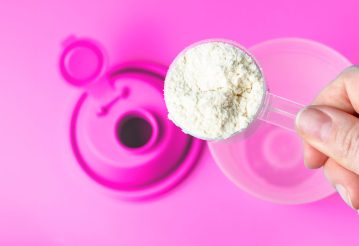The impact of diet on skin health is receiving growing interest.
The global beauty supplements market is expected to reach over USD 13, 845 million by 2025, expanding at a compounded annual growth rate of 9.5% from 2017 to 2025. Of this total, 30% of dollars spent will go toward skin care supplements – the highest of any subcategory [1]. Despite interest from media, patients, and the dermatological community, the role of diet in dermatologic condi- tions has historically been difficult to elucidate. One of the key reasons is nutrigenomics, the impact of inherited traits on an individual’s response to a dietary pattern, functional food or supplement. This theory suggests that dietary factors and associated health outcomes are highly personalized. In 2005, the term “nutrigenomics” first appeared in the dermatological literature in an article on psoriasis patients in Archives of Dermatology [2]. In 2010, Subbiah [3] coined “dermagenetics,” which involves testing for select genetic mutations related to skin health and recommending the use of nutraceuticals or cosmeceuticals based on the individual results. Despite many exciting advances, nutrigenomics and dermatonutrigenomics are still in the early stages of development, and barriers to research include (i) the chemical complexity of food, (ii) genetic heterogeneity of humans, and (iii) the complexity of physiological responses to nutrient intakes in health and disease [4]. To address these challenges, a transition to personalized nutrition guidance and FDA oversight will be crucial in the coming years. Herein, we highlight the concept of nutrigenomics in dermatology, by reviewing past and present applications of nutrigenomics, and shed light on the future of nutrigenomics in dermatology.
Faça download completo aqui: 494756



